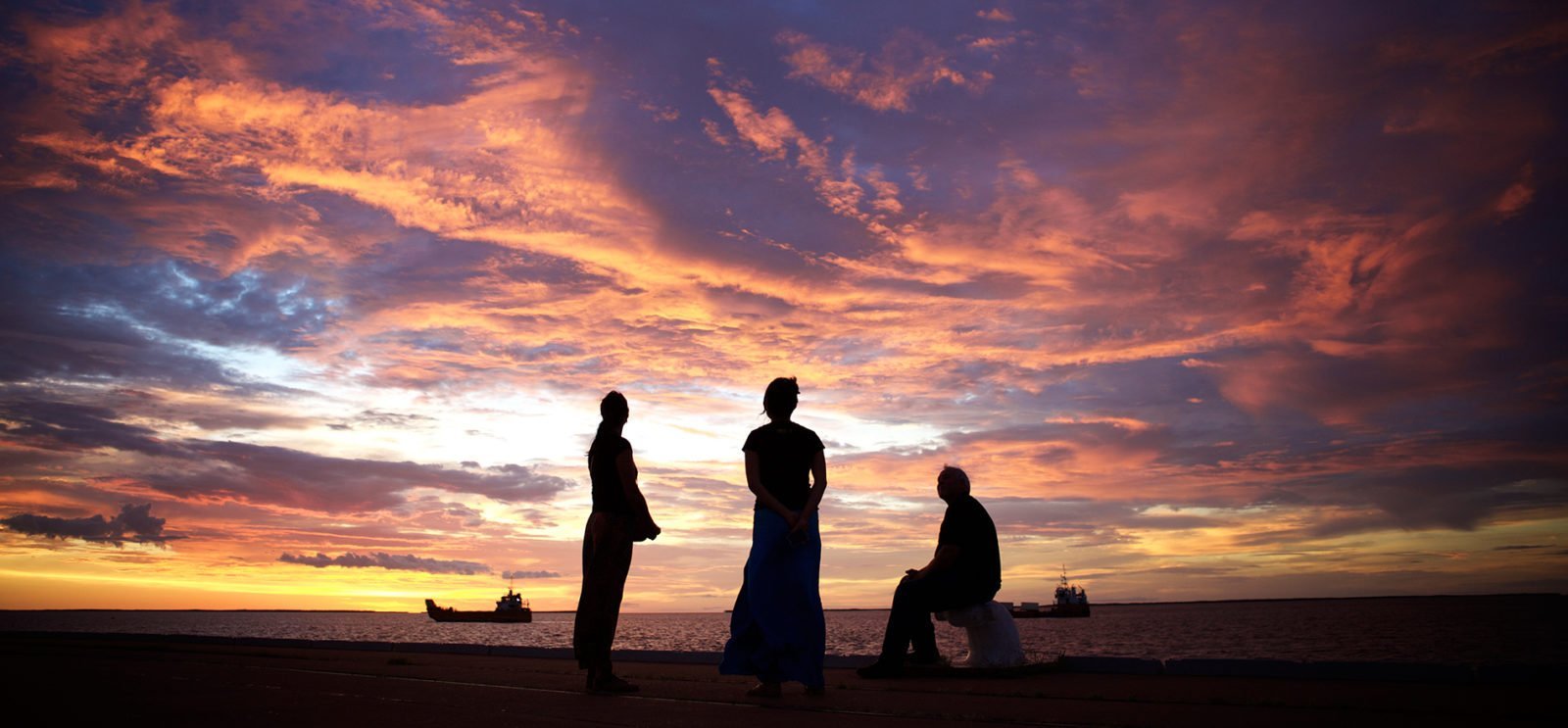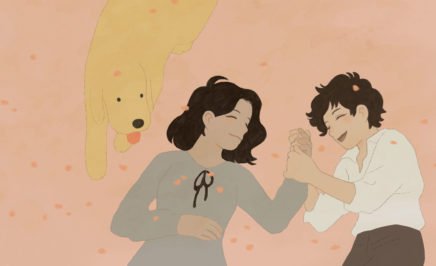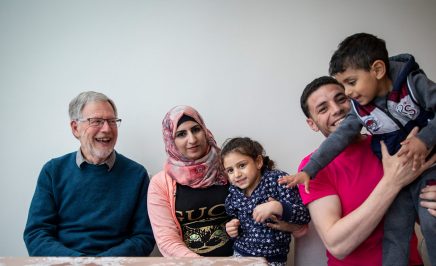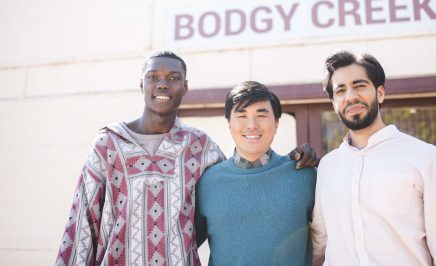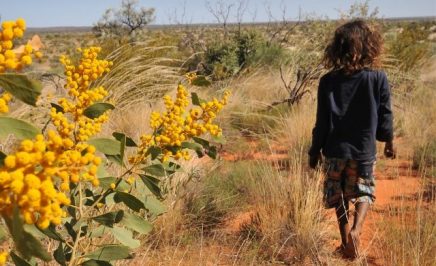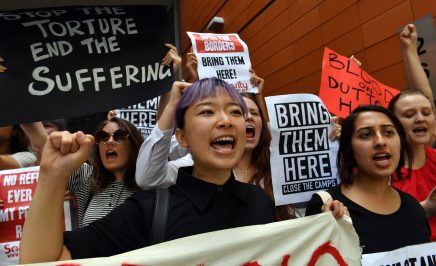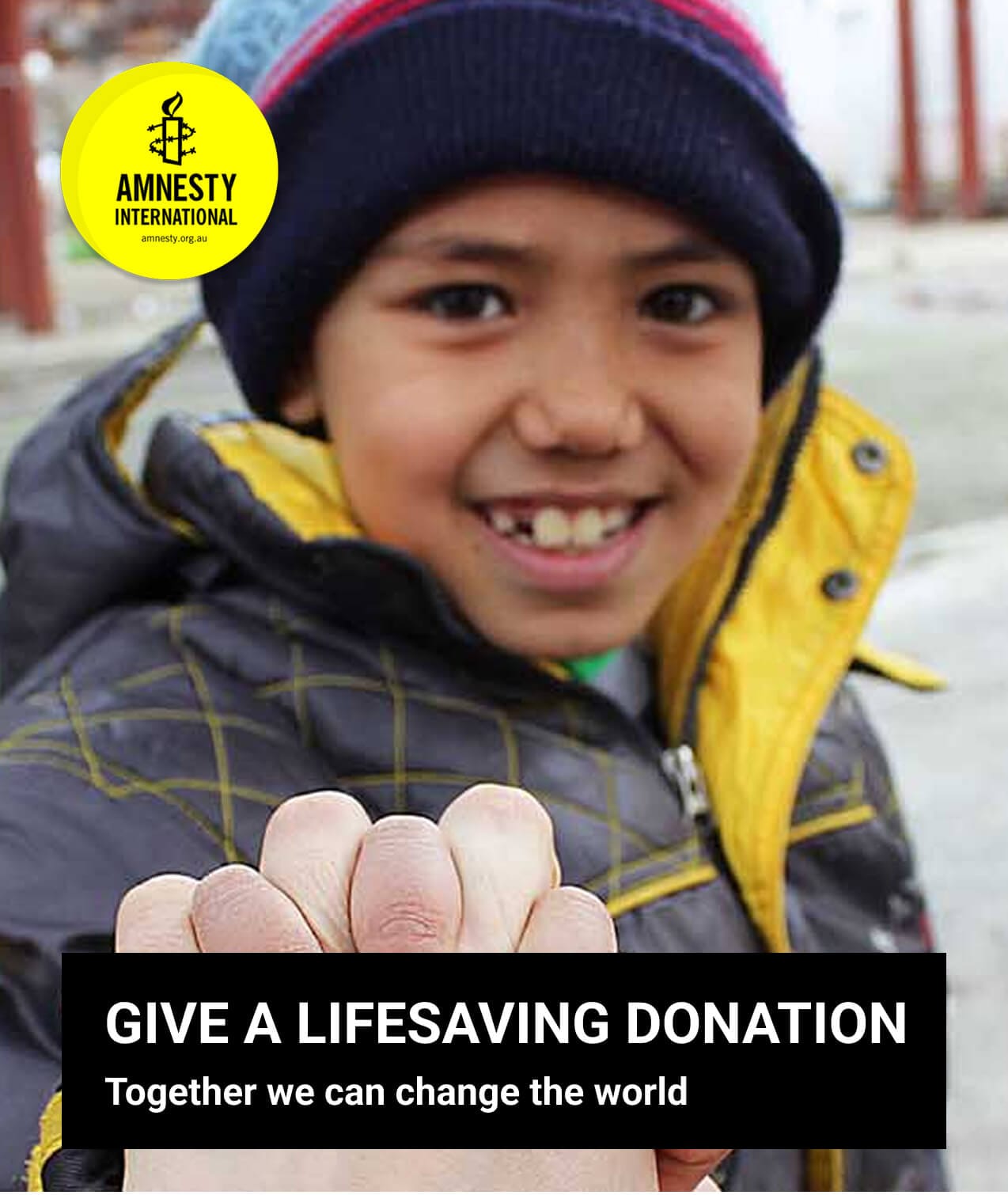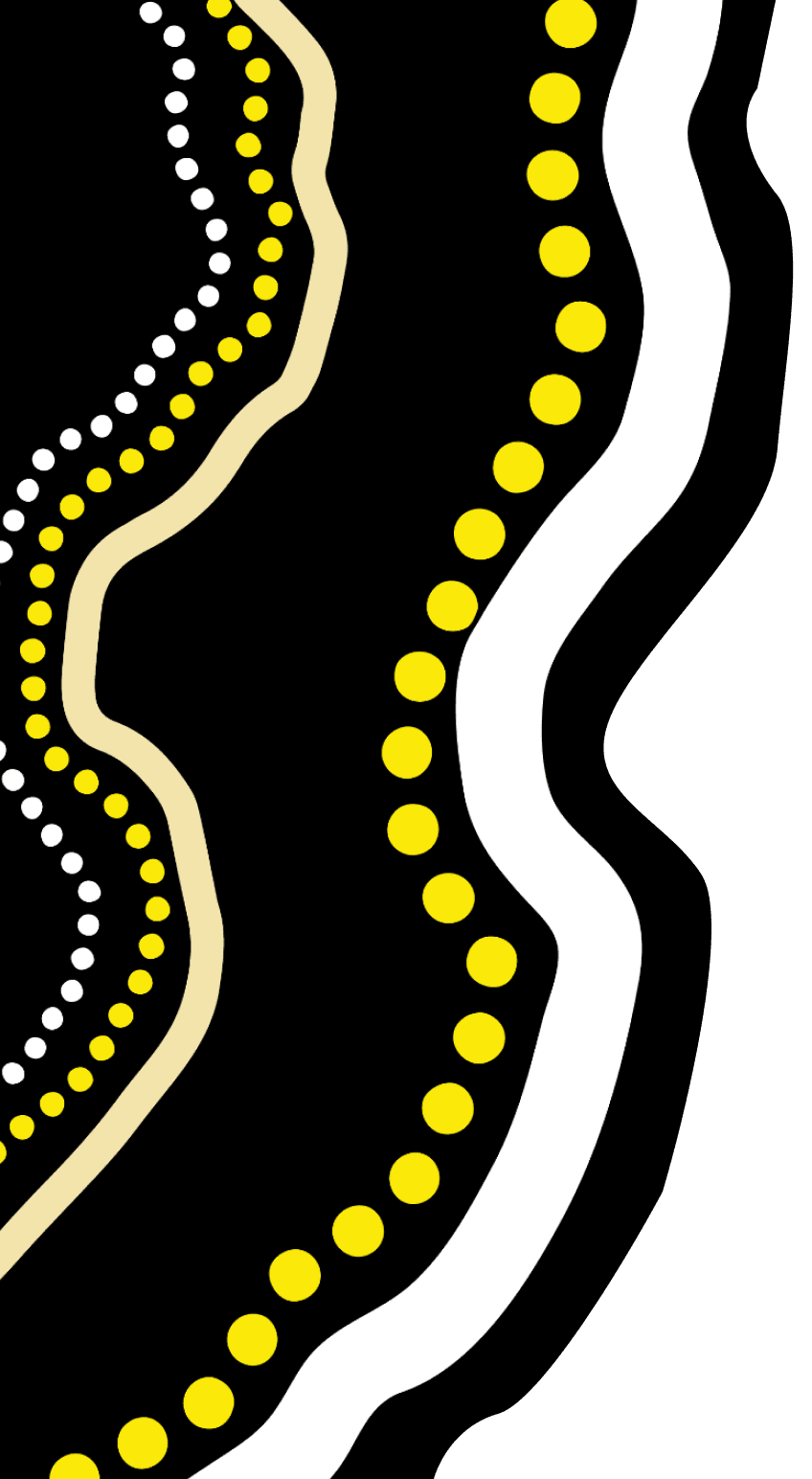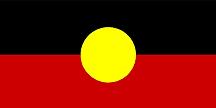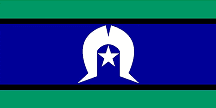It’s no secret that ongoing dispossession and racism contribute to huge gaps in the health, life expectancy and imprisonment rates of Aboriginal and Torres Strait Islander children.
At a time when states and territories across Australia are locking up kids as young as 10, it’s more important than ever that our schools recognise the diversity, ingenuity and excellence of Aboriginal and Torres Strait Islander people.
Here we explore some of the interesting, humbling and downright inspiring facts whitewashed from our history lessons.
1. You learnt about the First Fleet. You didn’t learn about Indigenous settlements.
Early explorers described Indigenous villages, irrigation systems, agriculture and grain harvest right across Australia. 30,000 year-old grindstones have been found near Walgett, NSW, and ancient stone fish traps at Brewarrina, NSW may be the oldest man-made structures on earth. And today at Budj Bim, Victoria, you can visit the remains of stone houses and an aquaculture system that pre-date Egypt’s pyramids by at least 4,000 years.
2. You learnt about Matthew Flinders. You didn’t learn about Aboriginal international trade connections.
Well before British invasion, Yolngu and other Aboriginal groups exchanged goods, ideas and culture with Macassan sailors from what is now Sulawesi, Indonesia. The Macassans arrived in search of sea cucumber (trepang) to trade in China. In 1803 when Matthew Flinders was circumnavigating the country he met a Macassan fishermen who told Flinders he had been harvesting trepang on the northern shores of Australia for 20 years. This story lives on in the ceremony and language of Yolngu.
3. You learnt how to play Aussie Rules Football. You didn’t learn about Marngrook.
Though it is still disputed by the AFL, Marngrook – a game played by Aboriginal groups across southern Australia – almost certainly influenced Australian rules football.
The ‘Protector of Aborigines’ and author William Thomas wrote about an Aboriginal football match played at Pound Bend, Victoria, in 1852. Thomas wrote that the players kicked the possum-skin ball high with the instep of the foot and “leap as high as five feet or more from the ground to catch the ball”.
Tom Wills, credited as one of the founders of Aussie rules, lived in the Grampians (Gariwerd) as a young man. He reportedly grew up surrounded by Djab wurrung children, learnt their language fluently and played Marngrook with them. Check out this interview with Gunditjmara woman Titta Secombe who has written a kids book about Marngrook.
4. You learnt about the French Revolution. You didn’t learn about Aboriginal resistance leaders.
“Jandamarra died on his own soil defending his country. A true Australian hero.”
Paul Kelly, singer/songwriter
When he rose up and rebelled against the police, he brought to his Bunuba compatriots the knowledge and tactics to fight the settlers on their own terms and waged a war of resistance against British invaders. As Bunuba leader June Oscar puts it: “Jandamarra is a unifying figure – a champion of justice who can be admired by all Australians.”
5. You learnt about the suffragette and civil rights movement. You didn’t learn about the Aboriginal and Torres Strait Islander civil rights movement.
It wasn’t until the federal election in 1963 that all Aboriginal and Torres Strait Islander adults were able to vote – more than 50 years after Australian women got that right.
This was the year Martin Luther King gave his “I have a dream” speech. At the same time in Australia, there was a growing movement of Indigenous activists and supporters demanding civil rights.
There are too many key moments in the Aboriginal and Torres Strait Islander human rights struggle to adequately cover here. But the Yirrkala Bark Petition, Freedom Rides, Wave Hill Walk-Off and 10-year campaign leading to the 1967 referendum are all major moments in the 1960s.
